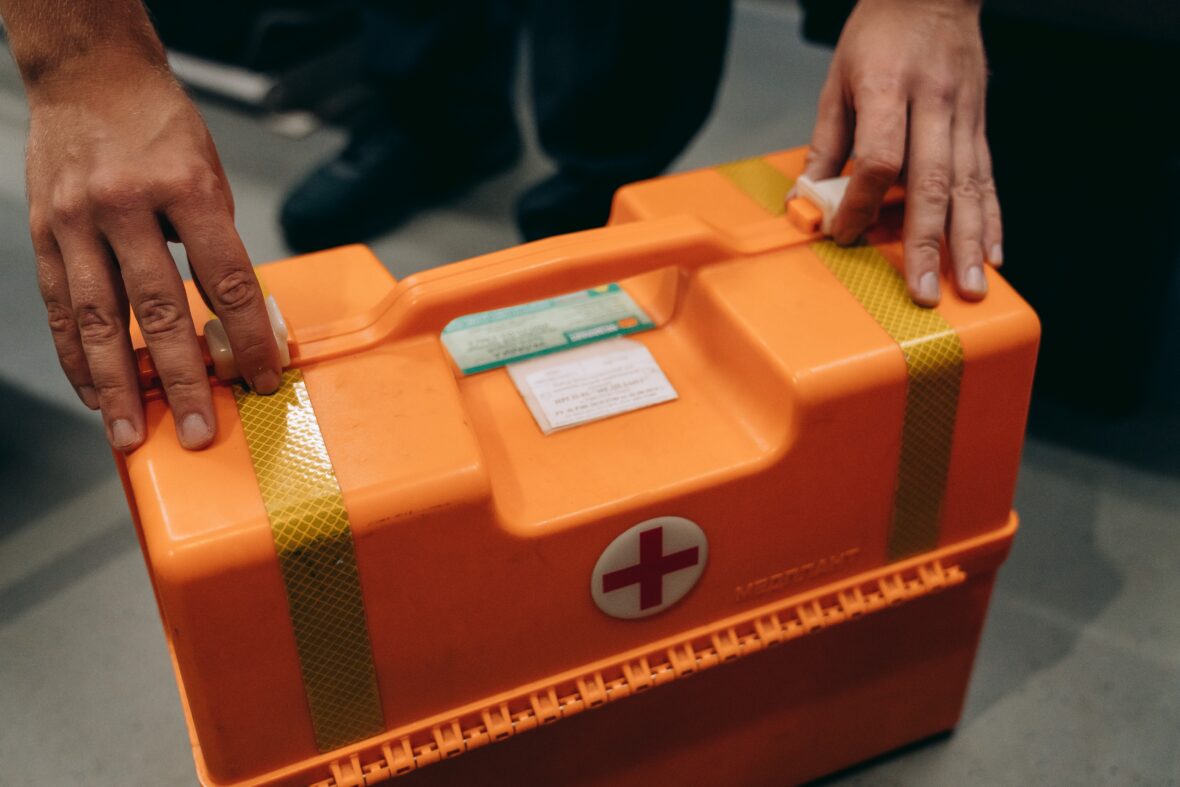Wireless medical devices that fail to function as intended can cause harm to patients whose lives depend on them. Do you know the elements to consider in the design of a device, especially a life-critical medical device?
– By Janet Ooi, IoT Industry and Solutions Lead, Keysight Technologies.
Imagine recalling the medical device you designed and deployed because the battery could not last as expected. Imagine if an implanted device had to be surgically removed from a patient, whose very life depended on it. In fact, there was recent case in which Implantable Cardioverter Defibrillators (ICD) and Cardiac Resynchronization Therapy Defibrillators (CRT-D) had to be recalled, due to premature battery depletion1. If a wireless medical device is designed well to perform the way it should despite the rigors of the real world, this would not happen.
To avoid these occurrences, here are a few tips for medical device manufacturers:
Tune and test the medical device with simulated sensors
IoT medical devices are currently driving innovations in sensors. What have traditionally been in hospitals or clinics, can now be found in home environments, and in more portable forms. More focus is put into the design of medical devices that are non-intrusive, smaller and portable to support this paradigm shift. However, users are not expecting any less from their medical devices in terms of functionality and performance.
Test considerations: Use highly accurate signals to simulate different pathological conditions for sensor tests
Electronics in a medical device rely on sensor signals as a basis for its control activities and accurate response. It is crucial to verify, tune and test sensor behavior during the product design stage. An arbitrary waveform generator (AWG) can be used to simulate highly accurate and clean physiological signals and variations of ideal signals, which includes infrequent pulses and impairments to simulate and characterize the response of advanced medical devices.
Optimize the medical device battery run time
Technology advancements in portable, wireless medical devices has put greater emphasis on the need to prolong the life of the batteries that power them. Batteries must be small, lightweight and able to accommodate demand for data handling, analysis and other inter-app functions in today’s connected world. Accurate characterization of the current profile in batteries then becomes critical at the design stage of the device to satiate the need for lower power consumption.
Test considerations: Use instruments with sufficient current range and bandwidth for accurate current profiling
The battery and power delivery network of a medical device must be incorporated as part of the design test process. This helps device manufacturers better understand battery life expectancy, gain insight into critical events that contribute to power consumption, and experiment with design tradeoffs that can help lengthen battery life. Here are some of the key test challenges to profiling batteries in wireless medical devices:
· Precision at low current
· Wide dynamic current measurement
· Fast data acquisition
· Debug design down to sub-circuit level
· Long operation time
An oscilloscope, DC power analyzer with source measure unit (SMU) or a device current waveform analyzer can be used to effectively test and validate the design of the power delivery network, depending on the dynamic current range and bandwidth of the wireless medical device.
“Proof” the medical device against RF interference
The rise in adoption of connected devices poses serious concerns for patients, as wireless medical devices are forced to compete for connectivity against a myriad of other devices operating at the same frequency. A cellphone’s operation could cause an infusion pump to stop working, or a pacemaker could be susceptible to hacks by unauthorized sources.
Such incidents create potential risks to a patient’s safety and disrupts effective healthcare delivery. Radio frequency (RF) coexistence testing then becomes crucial to determine the ability of a medical device to maintain its functional wireless performance in the presence of other wireless signals on both the intended and nearby frequencies.
Sursa: med-technews.com

